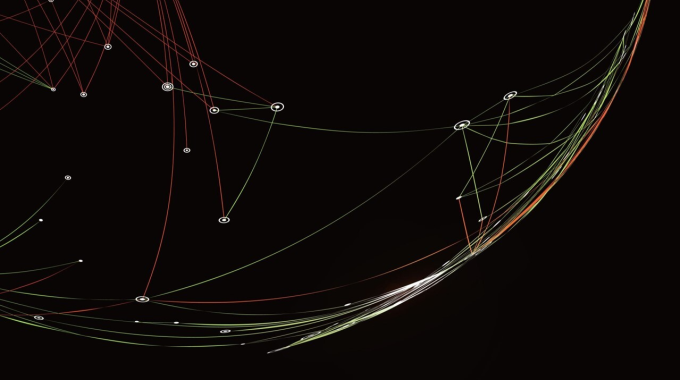
Natural Hazards – Risk Awareness and Warning Systems
What are Natural Hazards?
Natural Hazards originate from naturally driven phenomena taking place either on the Earth’s surface or within the Earth. These events can lead to massive destruction and loss of life. Examples of well-known natural hazards include earthquakes in Indonesia, strong winds in the USA, tsunamis in Japan and wildfires in Canada.

How do Warning Systems work?
Warning Systems are put in place to notify populations of a danger at some point in the near future. They are generally used to warn of an event likely to occur in the coming hours or days. Warnings can be in the form of messages that are broadcasted to televisions and radios, emergency email alerts, sirens, or a combination of these.

Maui siren warning system (https://www.newsweek.com/maui-warning-sirens-used-wildfires-1821350)

J-Alert message alert (https://news.sky.com/story/emergency-alerts-how-they-work-in-other-countries-including-a-few-times-when-it-has-gone-wrong-12851133)
Who is at risk?
Types of warning systems differ from one country (or region) to another, given the different types of hazards affecting them and the mechanisms that are most effective at alerting their populations.
The World Risk Index is a common way of quantifying how much a country is at risk of a specific natural disaster. To determine risk, the levels of exposure and vulnerability to different types of hazards are quantified.
Exposure relates to the amount of people that can be affected by a disaster, taking into account the intensity level for each type of hazard.
Vulnerability quantifies how well a region or country can cope, adapt, and respond to a natural disaster.

World Risk Index calculation of risk
According to the World Risk Index Report 2023, the country most at risk of natural hazards is The Philippines, and the country least at risk is Andorra.
The Philippines lies in the Pacific Ring of Fire – a tectonic plate boundary surrounded by volcanoes, where earthquakes are very common. It also lies within the Pacific Typhoon belt, an area in the Western Pacific Ocean where almost one third of all typhoons originate from. This phenomenon is linked to the warm temperature of the ocean in this region, resulting in some of the most intense typhoons that occur worldwide. Consequently, the hazard levels in this region are very high.
In terms of exposure, the Philippines population is mainly found on the low-lying coastal areas of the country, with the majority of its population living below 10 metres above mean sea level. Therefore, a huge amount of people are susceptible to storm surges and tsunamis. The Philippines experiences a high rating of vulnerability with regards to natural hazards due to the country’s economic status and its limited capacity to cope in terms of resources.
Andorra, on the other hand, is not prone to the occurrence of any significant natural disasters. Moreover, the orography and urbanization of this small territory in the Pyrenees is such that the population is not heavily exposed. Lastly, it is an affluent region of the world, which can invest in measures that enhance their resilience and adaptive capacity.

Map illustrating Andorra and the Philippines (Map created using mapchart.net)
Warning systems are a key and effective measure in protecting a population and its assets. It is essential that countries with resources and capacity to cope, such as Andorra, take measures to help those in a less fortunate position such as the Philippines. Worldwide programmes such as the International Early Warning Programme – set up in 2004 – and the Indian Ocean Tsunami Warning System – set up in 2005 – allow and promote collaboration of multiple countries all around the world to combine knowledge, research and resources to lessen the impact of natural disasters.
If you have any questions regarding access to our Hub, products or services, please reach out to enquiries@siorconsulting.com. Please explore our website and feel free to communicate work and research opportunities; Síor Consulting welcomes open collaboration.

Comments (0)